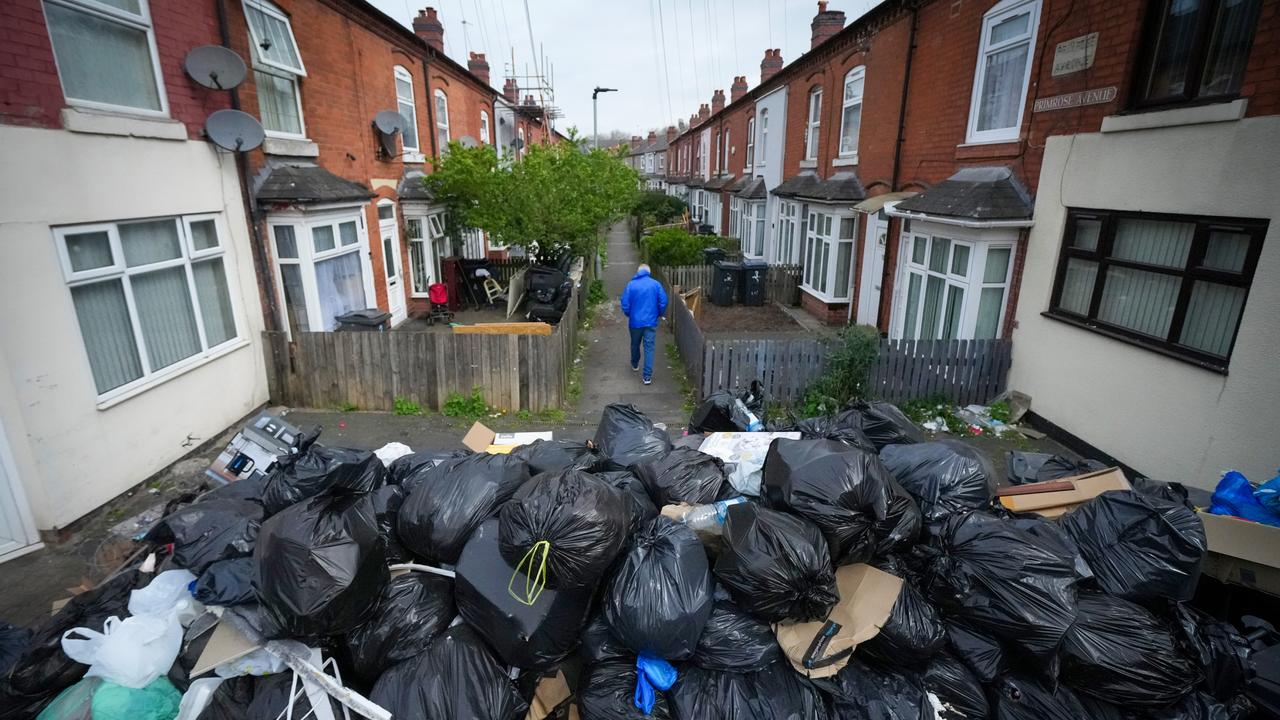Aussie UNICEF worker tells of grim life in India amid COVID-19 crisis
Aussie UNICEF worker Stephanie Raison’s WhatsApp group goes off daily with messages she’d rather not see as COVID spreads across India. WARNING: Graphic

World
Don't miss out on the headlines from World. Followed categories will be added to My News.
Stephanie Raison had made it through 100 days of India’s first lockdown when the Modi government eased its COVID restrictions and she could walk the streets of her adopted town of New Delhi again.
But such is the cataclysmic chain of hard luck stories unfolding across the sub continent right now, the Adelaide-born UNICEF communications team leader found herself in a new and unexpected health crisis.
The 39-year-old laughs as she recounts that first day of freedom she stepped out on the street and was bitten by a stray dog.
“Luckily, the office helped me get to the clinic. I had my rabies shot, so I only needed two shots and a tetanus shot. Then it was back into quarantine for another two weeks.”
Still, Raison knows how lucky she is, watching in despair as friends, their families and work colleagues stare down the grim reality of India in the grips of its lethal second wave and the worst of the coronavirus pandemic.
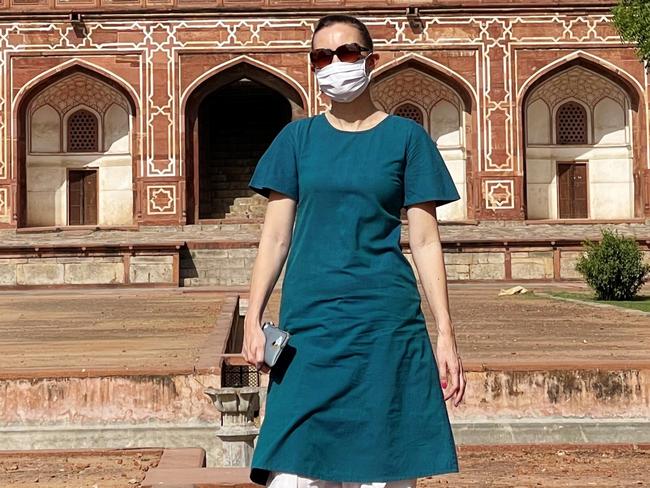
The latest health figures are shocking and surreal, with infections in India hitting a record daily high of 412,262 cases for a staggering total of 2.1 million COVID patients.
More than 3980 deaths were recorded in the same 24 hour period but authorities are sure the 230,168 body count is being under-reported in remote areas and where health officials, charged with calculating the devastating death toll, have been overwhelmed.
For her part, Raison and her media team are working around the clock to produce critical health messaging, urging Indian locals to wear masks and maintain COVID protocols in a country where 1.5 metres social distancing is impossible in the poorest slums and cramped family homes.
“Here, when you talk about a family living together, you’re talking about an extended family. So the grandparents, a couple of brothers and their partners or their wives and the children … everybody is close together,” Raison explained, “so physical distance is very difficult.”
During the first lockdown, Raison worked with local filmmakers and even schoolchildren to tell their stories to the world and plead for help and critical services.
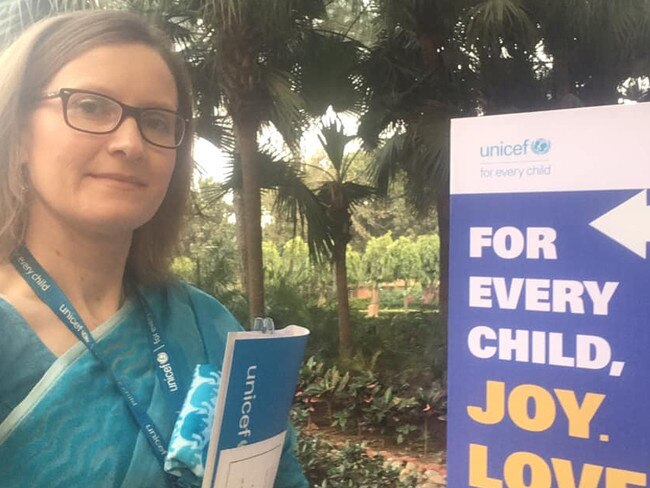
It’s the children Raison fears for the most, as death becomes their daily life, their new normal.
In the aftermath of the first wave last year, she admits she was reduced to tears in September at the simple sight of three high school-age children, wearing their uniforms and backpacks.
“I just cried because it was a scene that I hadn’t seen for so long. And it was just such a joyful sight to see children in school.”
She added: “The thing to remember is that children in India have been out of school, in many cases for more than a year now, and many of them do not have access to online education.”
She was also on hand in a remote tribal village, interviewing auxiliary nurse midwives about their immunisation work, when an ambulance, sirens blaring, arrived with a mother and her newborn, delivered prematurely en route.
So began an intense and emotional attempt to convince the young woman and her family the mother and her baby were both at high risk of infection; battling cultural hurdles and a growing panic about catching COVID in the country’s overflowing hospitals.
“The family didn’t want to send the mother and the child to the district hospital, which was about 30 minutes drive away because they didn’t want the mother away from the family. She needed to be at home to help look after the elderly parents, the husband who had a heart condition, and the other two children.”
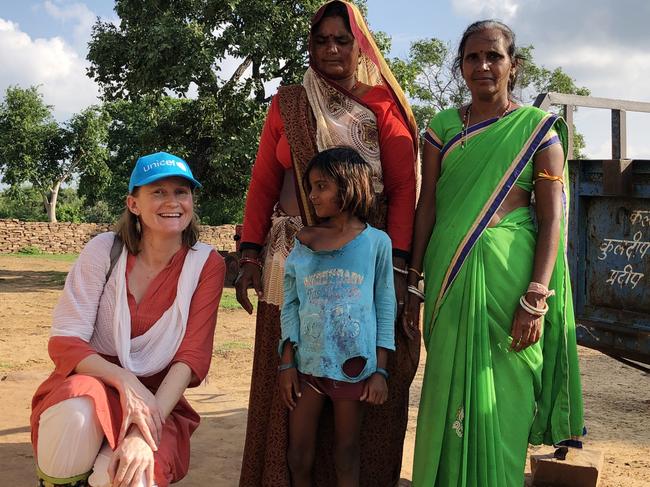
Raison said: “I managed to get them to agree she could stay in hospital for one week up to ten days; so my thoughts are really with these families in these communities.”
While a deadly shortage of oxygen supplies appears to have been addressed by international donations, Raison says hospital and health support staff remain at breaking point.
The doctor wife of a UNICEF health colleague was vaccinating 150 people a day and receiving thousands of phone calls from locals desperate to be inoculated.
“This morning he was preparing the breakfast and he asked if she wanted muesli and she said, ‘just give me the milk, I don’t have time to have muesli,’” Raison said, adding “I really worry about the health care workers because they’re the ones on the frontline.”
The scale of devastation makes it impossible not to be touched by the tragedy, which aid workers argue is worse than the 2004 tsunami.
“Every message that you receive, all the phone calls, there’s not one person that I know in India who isn’t affected,” Raison said.
“Either they’ve had COVID-19 or their family member has had it, or they’re caring for somebody who has COVID-19. Every single day on my neighbourhood WhatsApp group, there’s a message that unfortunately somebody’s relative has passed away, or it’s a message of somebody who needs oxygen, or someone’s been ripped off trying to get medicines. We’re living in this constant state of edginess, of dismay and despair.”
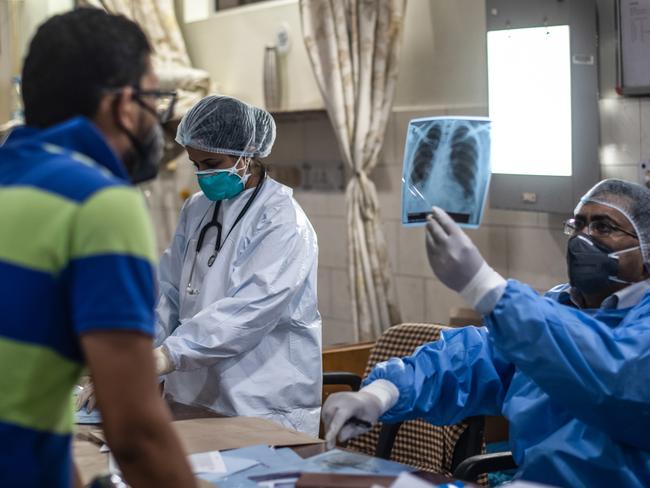
Finding small ways to keep her own sanity in the chaos, like walking the stairs to her apartment block rooftop, have been challenging in this deteriorating crisis.
Believing she had COVID herself in the early days of the pandemic, Raison was forcing herself to take time each day to seek out ‘fresh’ air and exercise.
But with funeral pyres raging across the city, to dispose of thousands of COVID casualties, it’s the acrid smoke of bodies being burned that she found herself inhaling.
“I was also hearing this sort of strange noises below my house and I couldn’t figure out what it was until I realised it was oxygen cylinders being delivered. I have two elderly neighbours and they’re being cared for at the moment. Oxygen cylinders come a couple of times a week. These are neighbours who I used to visit every month or so, just to check in and say hello and have a cup of tea and they would send food up to me. I haven’t seen them physically in person for more than a year, and I know that they’re not doing well,” she said.
Diplomatically, Raison will not be drawn into the ugly political storm which has shrouded the Morrison Government in controversy following its flight ban from India (to lift from May 15), but found the racist and slow response to the tragedy as “really, really upsetting.”
“What has lifted me a bit has been the generosity of people and the donations and the support we’re receiving, especially from Australia. Australians are just really now digging deep and it’s just so, so encouraging.”
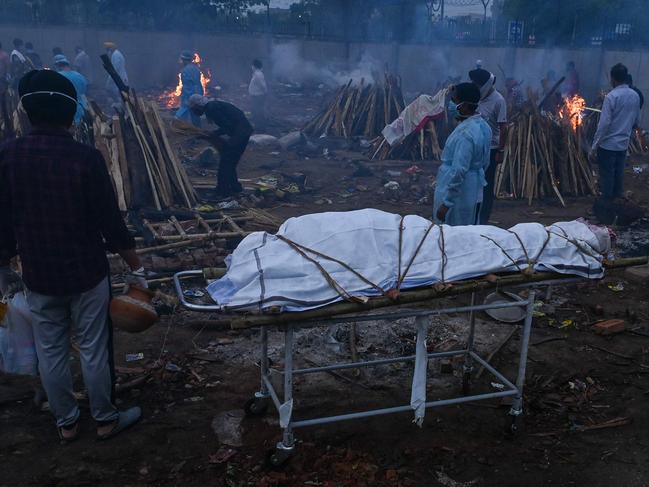
She has found pride in the leadership shown by Australian cricketers Pat Cummins and Jason Behrendorf whose donations have been welcomed by locals who worship the sports stars and are moved they care about their country and its people.
Most of Australia’s touring Indian Premier League players were flown to the Maldives yesterday, where they will remain in relative safety until flights home can be arranged.
Raison, a Flinders University and UTS graduate, who began volunteering for the international aid organisation in Kenya a decade ago, said the pandemic had triggered a rare moment of homesickness in her.
“I think when the pandemic hit, it was the first time over the years that I’ve been living outside Australia that just for a moment I thought it would be wonderful just to be in Australia, just to be transported there … I just want 24 hours to walk on the beach without a mask on and not to have this feeling of anxiousness or that feeling you need to just keep going and keep responding.”
But there is also the adrenaline rush that comes from playing her part in this humanitarian crisis.
“We have managed to reach about 10 million people across our [social media] channels and are constantly trying to engage with people, in 10 languages. It’s good to know it makes a little difference in people’s lives.”
CLICK HERE TO DONATE TO UNICEF’S INDIA COVID APPEAL
Originally published as Aussie UNICEF worker tells of grim life in India amid COVID-19 crisis


